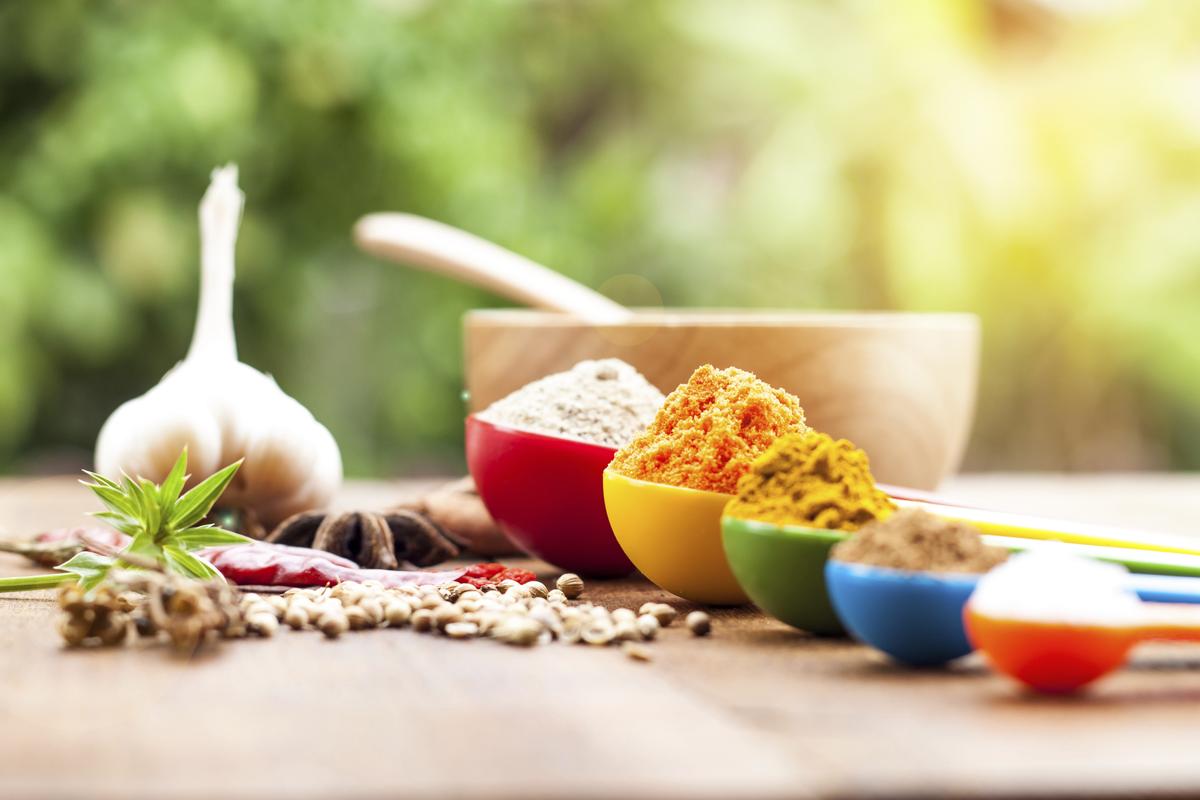Food additives are now an essential component of the contemporary food business fulfilling vital functions in taste enhancement freshness preservation and overall product quality improvement. These additives which might be synthetic or natural are added to food in order to accomplish certain functional benefits.
Types of Food Additives
Preservatives
Preservatives are chemicals that stop germs from growing extending the shelf life of food items. Typical preservatives consist of:
- Sodium benzoate: Commonly found in acidic foods such as fruit juices salad dressings and carbonated beverages.
- Potassium Sorbate: Works well to preserve baked foods dairy products and drinks.
- Sorbic acid: Used to stop the development of mold and yeast in a range of food goods.
Colorants
The addition of colorants to food improves its aesthetic appeal and draws in more customers. These fall under one of the following categories:
- Natural colorants come from living things like minerals plants and animals. Turmeric for yellow and beet juice for red are two examples.
- Man-made and available in a broader spectrum of vivid hues are synthetic colorants. FD&C Red No. 40 and Yellow No. 5 are two examples.
Flavor Enhancers
Food tastes are enhanced with flavor enhancers which increases their palatability. Distinguished taste enhancers include of:
- Savory foods like soups and processed meats benefit from the umami flavor that is enhanced by monosodium glutamate (MSG).
- Yeast extracts: Used to boost taste in a variety of savory items.
Emulsifiers and Stabilizers
These ingredients support the preservation of food items’ texture and consistency. Typical instances are:
- Lecithin: Used in baked goods and chocolates; found in eggs and soy.
- Seaweed extract called carrageenan is used to enhance the texture of dairy and meat products.
Sweeteners
Sweeteners provide food and drink the right amount of sweetness with or without extra calories. They are separated into:
- The natural sweeteners include honey maple syrup and stevia.
- Artificial sweeteners: Aspartame sucralose saccharin.
Benefits of Food Additives
Additives improve food quality safety and taste. This includes:
- Preservatives prolong food shelf life minimizing waste.
- Colorants and flavor enhancers improve food taste and appearance.
- Fortification: Vitamins and minerals boost food nutrition.
- Emulsifiers and stabilizers prevent separation and maintain consistency.
Potential Risks and Controversies
Food additives offer various advantages but also hazards that have raised concerns. Important topics include:
- Allergic responses: Sensitive people may have allergic responses to some additives including sulfites and artificial colorants.
- Health Concerns: Extended use of some artificial additives has been connected to health problems such as childhood hyperactivity brought on by certain food colors and possible cancer (nitrates and nitrites found in processed meats for example).
- Customer Mistrust: Customers may become skeptical and distrustful due to the intricacy of food labels and the use of strange chemical names.
Common Reactions to Food Additives
Allergic Reactions
Certain food additives may cause allergic responses in certain people. Typical signs and symptoms include of:
- Skin Reactions: Including swelling itching and hives.
Asthma nasal congestion and wheezing are examples of respiratory issues.
Symptoms related to the digestive system such as diarrhea vomiting and nausea.
Intolerance Symptoms
Symptoms of food additive intolerance are sometimes mistaken for allergy symptoms. Among them are:
- Headaches: Especially connected to MSG.
- Digestive Problems: This includes discomfort in the abdomen gas and bloating.
- Behavioral Changes: Certain colorants and preservatives have been related to children’s hyperactivity and irritability.
Diagnosing and Managing Reactions
Identifying Food Additive Reactions
Due to the large range of chemicals used in meals diagnosing responses to them may be difficult. To detect responses follow these steps:
- Maintaining a Food Diary: Noting foods eaten and any symptoms encountered.
- Elimination diets: Cutting out potential additives from the diet for a short while to see if symptoms improve.
Allergy Testing
Medical practitioners may do out examinations like:
- Skin Prick Testing: To pinpoint certain allergies.
- Blood tests: Assessing the reaction of the immune system to certain chemicals.
Treatment Options
Medical Treatments
Treatment options for those with food additive allergies or intolerances that have been identified might be:
- Antihistamines: For controlling allergic responses.
- Injectors of epinephrine: For severe allergic responses.
Dietary Adjustments
The main tactic for controlling responses is to stay away from meals that have hazardous ingredients. This might include:
- Carefully reading food labels might help you detect and stay away from certain substances.
- Selecting Organic and Natural Products: These are less likely to have artificial ingredients in them.
Preventive Measures
Reading Food Labels
It is essential to teach people how to read and comprehend food labels. This comprises:
- Recognizing Common Additives: Names of colorants preservatives and other additives.
- Recognizing Ingredient Lists: being aware that the components are given in quantity order.
Choosing Natural and Organic Products
Choosing natural or organic items may help lower your exposure to artificial additives. These goods frequently:
- Less Additives: Chemical preservatives are replaced with natural preservation techniques.
- Make use of natural flavorings and colorants that come from fruits vegetables and other organic sources.
Real-Life Experiences and Case Studies
Personal Stories
Many people have spoken about their experiences with adverse responses to food additives which emphasizes the need of management and knowledge. As examples consider:
- Parents of ADHD children are reporting behavioral changes in their children after removing artificial colorants and preservatives from their meals.
- Those who are sensitive to sulfur dioxide should stay away from wines and dried fruits to avoid respiratory issues.
Success Stories of Dietary Changes
For many people making dietary adjustments to eliminate certain food additives has resulted in noticeable gains in health and wellbeing. Case studies demonstrate:
- Enhanced Symptoms: For those with food additive intolerances that have been identified.
- Improved Quality of Life: By selecting organic and natural dietary sources.
Expert Insights
Quotations from Dietitians and Health Experts
Experts stress the need of comprehending food ingredients and their effects. Among the insights are:
- Nutritionist Dr. Jane Doe: “Understanding food additives and their effects is essential for making knowledgeable dietary decisions.”
- “Identifying and managing food additive allergies can significantly improve a patient’s quality of life” says allergist Dr. John Smith.
Studies and Research Findings
Studies have yielded significant knowledge on the safety and impacts of food additives. Important conclusions consist of:
- Link Between Food Dye and Hyperactivity: Research has shown a possible link between synthetic coloring agents and alterations in children’s behavior.
- Nitrates and nitrites’ potential link to a higher risk of cancer has been suggested by research.
Conclusion
Food additives are essential to the production of food in the contemporary world; they have many advantages but also some possible drawbacks. Customers may improve their health and well-being by making educated decisions by being aware of the many kinds advantages and hazards associated with food additives. Although regulatory regimes guarantee the safety of these drugs it is essential that people maintain awareness and vigilance about their dietary practices.
Read Also: Understanding How the FDA Regulates Food Additives and GRAS Ingredients









